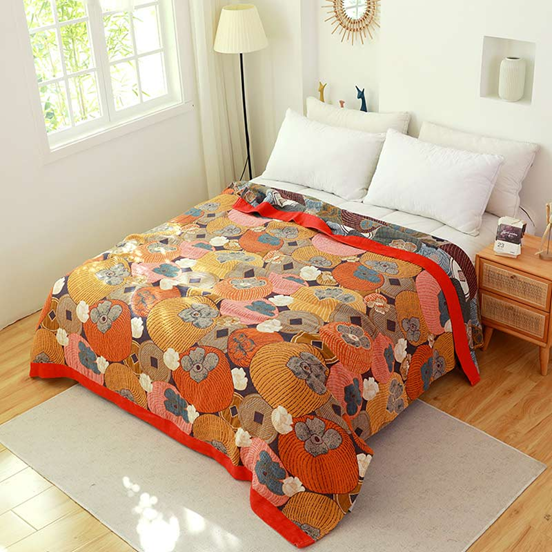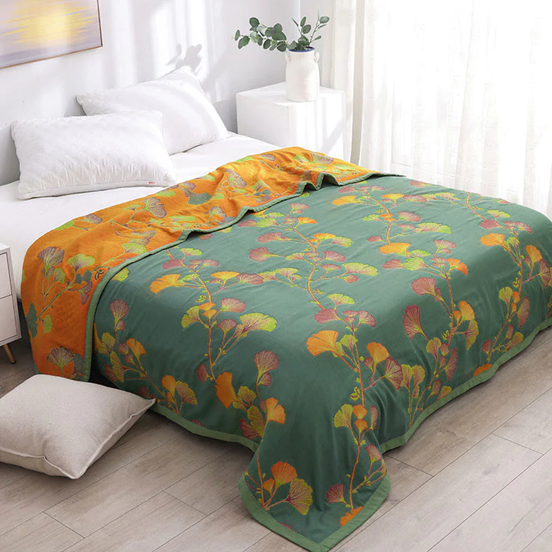
In the rapidly evolving world of technology and digital communication, a new method known as speculative decoding is enhancing the way we interact with machines. This technique is making a notable difference in the speed of language models, which are the brains behind the digital assistants we use every day. By harnessing the power of parallel processing in modern graphics processing units (GPUs), speculative decoding can anticipate several possible outcomes at once, speeding up the generation of text.
The essence of speculative decoding lies in its ability to make educated guesses about what comes next in a sentence. This isn’t just a shot in the dark; it’s a calculated approach that can lead to faster processing times when the predictions are on target. Even when the guesses are incorrect, the robust capabilities of GPUs mean that there’s no significant slowdown, as they can manage the extra work without a hitch.
You might wonder how speculative decoding can be so effective. It starts with the model using hints from the text to guess the next part of the sentence, much like how you might try to finish someone’s sentence while they’re speaking. Speculative decoding takes this a step further by using advanced techniques to predict the characteristics of upcoming parts of the text, even when they’re not yet known.
Speculative decoding demystified
Here are some other articles you may find of interest on the subject of large language models :
The success of speculative decoding relies heavily on helper models. These are smaller, faster models that support the main model by making quick predictions, similar to how scouts would for an army. The Medusa technique is one such method that trains these helper models to be even more accurate in their predictions.
Medusa technique
The Medusa Technique is a concept that finds application primarily in the field of computer security, specifically in malware analysis and defense. It’s a multi-faceted approach designed to tackle the challenges posed by sophisticated malware, which often uses evasion techniques to avoid detection by traditional security measures. Here’s a detailed explanation:
- Purpose and Context: The Medusa Technique is developed in response to the evolving landscape of cyber threats. Malware authors continually devise new methods to bypass security systems, such as antivirus software and intrusion detection systems. These methods can include polymorphic code, which changes its appearance with every iteration, and obfuscation techniques that hide the true intent of the code. The Medusa Technique aims to counteract these advanced evasion tactics.
- How It Works: At its core, the Medusa Technique involves creating a highly controlled environment where suspicious code can be executed and observed. This environment, often a form of a virtual machine or a sandbox, is designed to mimic a real operating system or network environment closely. However, unlike a standard virtual environment, the Medusa Technique incorporates multiple layers of monitoring and analysis tools. These tools track the behavior of the code, looking for signs of malicious activity.
- Behavioral Analysis: One of the key aspects of the Medusa Technique is its focus on behavioral analysis rather than signature-based detection. Traditional antivirus solutions rely on signatures—specific patterns associated with known malware—to detect threats. However, this approach is less effective against new or significantly altered malware. The Medusa Technique, by contrast, observes the behavior of the code in real-time. If the code attempts to perform suspicious activities (like accessing certain system files, modifying registry keys, or establishing unusual network connections), it’s flagged as potentially malicious.
- Adaptability and Evolution: An important feature of the Medusa Technique is its adaptability. As malware evolves, so too can the Medusa environment. By continuously updating the criteria for what constitutes suspicious behavior and enhancing the simulation environment to replicate the latest operating systems and network configurations, the technique stays relevant and effective.
- Challenges and Limitations: While the Medusa Technique is powerful, it’s not without challenges. Advanced malware may have the ability to detect when it is being run in a virtualized environment and alter its behavior accordingly. This cat-and-mouse game between malware developers and security professionals is a constant in the field of cybersecurity. Additionally, the technique requires significant resources to maintain and update, and the analysis of each piece of code can be time-consuming.
Speculative decoding is used in various technological contexts, including computing and digital communications.
- Definition: Speculative decoding involves making educated guesses or predictions about data or instructions before they are fully received or processed.
- Application in Computing: In computer architecture, speculative decoding is used in processors to predict the flow of instructions. This can speed up execution by preparing for multiple potential outcomes in advance.
- Branch Prediction: A common use case in CPUs, where the processor guesses which way a branch (like an if-then-else statement) will go before it is fully evaluated.
- Pipeline Efficiency: Enhances the efficiency of instruction pipelines by reducing idle time and improving throughput.
- Application in Communications: In digital communication, speculative decoding might refer to predicting parts of a signal or data stream before all information is received, enhancing speed and efficiency.
- Risks: The primary risk is incorrect speculation, which can lead to errors or inefficiencies. In computing, this might require a rollback of actions taken on the basis of incorrect predictions.
- Security Implications: Speculative execution, a related concept, has been linked to security vulnerabilities (like Spectre and Meltdown) where speculative execution can be exploited to access sensitive data.
- Advancements: Ongoing research and development are focused on improving the accuracy of speculative decoding while minimizing associated risks, especially in the field of cybersecurity.
- Impact on Performance: When implemented correctly, speculative decoding significantly improves the performance of systems, making them faster and more responsive.
Speculative decoding shines in tasks like summarization, where it’s easier to predict text patterns, leading to a noticeable boost in how quickly these tasks can be completed. However, the effectiveness of this method can vary depending on the specific approach used, with some strategies offering more significant speed increases than others. The choice of speculative decoding strategy can greatly influence the overall performance.
To further enhance the speed of processing, speculative decoding can be combined with other optimization strategies. For instance, quantization simplifies the complexity of calculations, and optimized GPU formats ensure that the hardware is running at peak performance. When used alongside speculative decoding, these techniques can lead to impressive outcomes.
Speculative decoding is not just a concept; it’s a practical tool that’s already making waves in the tech industry. By predicting future parts of text in parallel and using a variety of sophisticated methods, this approach is setting new benchmarks for speed in language processing. As we use technology in our daily lives, it’s the complex combination of predictive algorithms, parallel computations, and ongoing optimization through speculative decoding that allows for the swift interactions we’ve grown accustomed to.
Filed Under: Guides, Top News
Latest timeswonderful Deals
Disclosure: Some of our articles include affiliate links. If you buy something through one of these links, timeswonderful may earn an affiliate commission. Learn about our Disclosure Policy.






